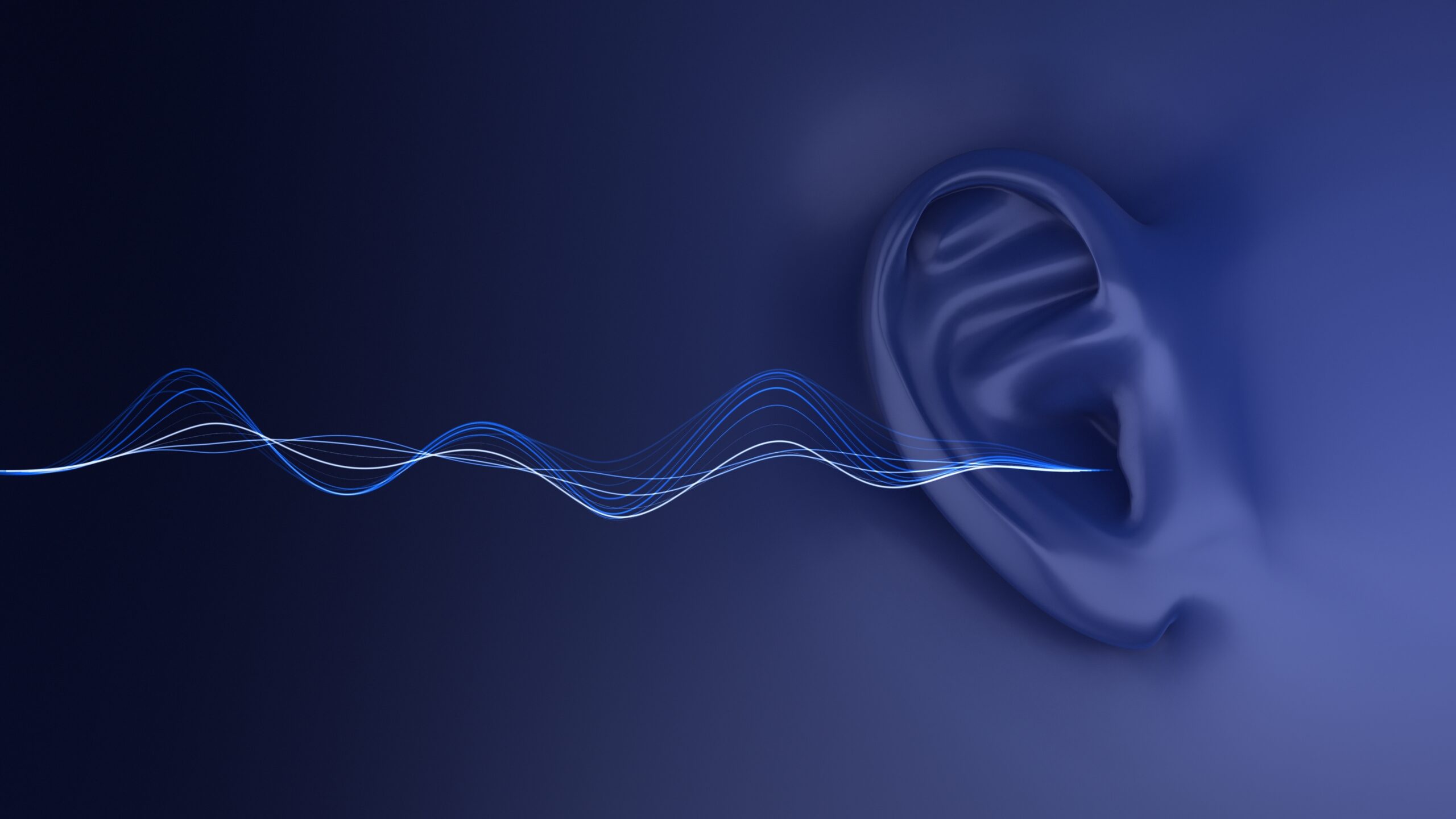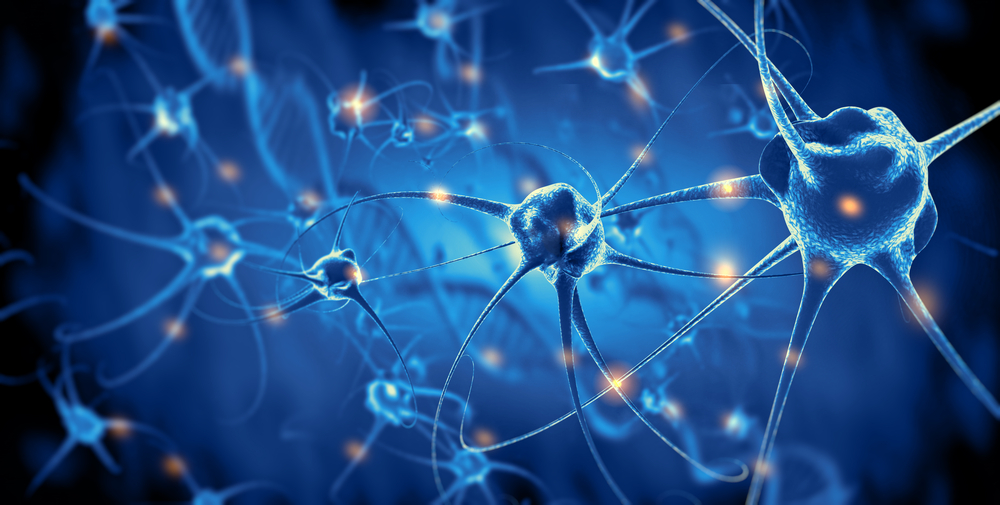Inside the Misophonic Brain and the Mystery of Sound Sensitivity

There are sounds that most people barely notice the gentle clink of cutlery, the steady tick of a clock, the rhythmic rustle of paper. Yet for some, these same sounds are enough to spark a wave of emotional distress so powerful it hijacks the body’s nervous system. Misophonia, literally “hatred of sound,” transforms the ordinary soundscape of life into a minefield of triggers. It is not a simple dislike of noise; it’s a visceral reaction, an involuntary surge of rage, disgust, or panic that can rise unbidden with every crunch, sniff, or tap. For those who live with it, the world is not just loud it’s intimate and invasive, each trigger carrying the emotional weight of violation.
The scientific understanding of misophonia is still evolving, yet what has already emerged is both fascinating and deeply human. At its core, misophonia appears to be a neurological and emotional overreaction a miswiring of the brain’s sensory and emotional systems that transforms benign sensory input into a signal of threat. It is a window into how perception, emotion, and consciousness intertwine. But beyond the biology, misophonia also invites reflection on the subtle boundaries between self and other, between the sounds we hear and the meanings we assign to them. The story of misophonia is as much about the wiring of the brain as it is about the delicate balance of empathy, awareness, and the human search for harmony in a noisy world.
The Science of Sound Rage
For decades, misophonia was dismissed as irritability or eccentric sensitivity. Only in the early 2000s did researchers begin to recognize it as a distinct condition. Studies from universities such as Oxford, Duke, and King’s College London have found that around 18% of people experience some level of misophonia, with many reporting symptoms so intense that they alter daily life. What begins as annoyance can escalate into a cascade of physical and emotional reactions: muscles tightening, pulse quickening, thoughts racing toward anger or panic. This isn’t a matter of choice or temperament it’s the brain’s fight-or-flight system firing as if a threat has entered the room.
Scientists have identified that these reactions aren’t caused by the volume of sound, but by its meaning to the listener. Triggers are often repetitive, intimate, and interpersonal chewing, slurping, sniffing, pen-clicking, typing, or throat clearing.

Recordings of these sounds can be unpleasant, but when they come from someone nearby, particularly a loved one, the reaction intensifies. This suggests that misophonia involves both sensory and emotional learning. The sound becomes not just an auditory stimulus but a social one, laced with memory and association.
Neuroscientific imaging reveals that in people with misophonia, trigger sounds activate the anterior insular cortex (AIC) far more strongly than in those without the condition. The AIC is the brain’s hub for integrating sensory information with emotion the crossroads where hearing meets feeling. It is connected to the amygdala, which governs fear and anger, and the hippocampus, where emotional memories are stored. When this network becomes hyperconnected, the brain misinterprets certain harmless sounds as emotionally threatening. The result is a “false alarm” that floods the body with adrenaline. What to others is background noise becomes, for the misophonic brain, a signal of danger.
The Miswired Pathways of Emotion and Perception

To understand misophonia, we must look beyond the ears to the complex dance of neural activity between the auditory cortex and the limbic system the brain’s emotional engine. In most people, these regions communicate fluidly but selectively; the sound of chewing, for instance, registers as irrelevant and fades into the background. In misophonia, however, the communication channels seem stuck on high alert. Functional MRI scans show exaggerated connectivity between the auditory cortex and the salience network the system that decides what deserves our attention.
This “faulty emotional amplifier” means that misophonic brains flag certain sounds as important, urgent, or even threatening. Once the sound is marked as significant, it is handed off to the emotional centers with an implicit warning: This matters. React now. That reaction floods the system with sympathetic nervous energy, producing physical changes that feel indistinguishable from fear or anger. For some, the reaction hits before conscious awareness catches up the body responding first, the mind rationalizing later.
Interestingly, some research suggests subtle structural differences in brain tissue. A few studies have noted variations in myelination the fatty coating that insulates nerve fibers in sensory regions of the brain. Higher myelination could make sensory signals travel faster or stronger, perhaps explaining why some people’s brains are more reactive to sound. Whether this difference causes misophonia or develops as a result of chronic sensitivity remains uncertain, but it points to a tangible neurological basis.
This hyperreactivity does not exist in isolation. Many people with misophonia also report heightened sensitivity to light, texture, or movement an indication that their nervous systems operate at a generally elevated state of arousal. This may explain why misophonia overlaps with neurodivergent conditions like autism and ADHD, and with anxiety-related disorders such as OCD and PTSD. Each of these involves an overactive salience system a brain that notices too much, feeling everything at full volume.
From Evolution to Emotion: Why We React

Why would evolution wire our brains to loathe the sound of chewing or sniffing? At first glance, it seems absurd. Yet evolutionary psychology provides an intriguing lens. Many misophonic trigger sounds eating, coughing, sniffing, or slurping are biologically charged. They are signals of proximity, contagion, or dominance. The emotion of disgust, deeply rooted in our biology, evolved as a defense mechanism to help us avoid disease and maintain boundaries. The same neural pathways that protect us from contamination may, in misophonia, become hypersensitive, treating ordinary human sounds as if they carried danger.
This protective reflex is social as well as biological. We are wired to regulate distance and intimacy through sensory cues. The sound of another person eating or breathing too close to us may unconsciously violate the sense of separateness the brain uses to define the boundaries of the self. Misophonia, in this light, can be seen as an overdefense of that boundary an exaggerated neurological insistence on personal space. It is as though the misophonic brain is shouting, You are too close to me! even when the body remains still.
Beyond evolution, conditioning plays a role. Early experiences often anchor the emotional associations that define triggers. A child irritated by a parent’s loud chewing may, over years, build a reflexive emotional pathway linking that sound to tension or frustration. By adolescence, the brain no longer distinguishes between past and present; the mere sound reawakens the old emotion. In this way, misophonia shares traits with trauma it is a learned response encoded in the body’s emotional memory. The anterior insular cortex, which helps attach meaning to sensory input, may be the bridge where those old associations become wired into automatic reaction.
Spiritually speaking, this reflects a deeper truth about human perception: the world we experience is not made of sounds and sights alone but of the meanings we project onto them. A sound is never neutral once it has touched our emotions. Misophonia magnifies this universal process an extreme reminder of how consciousness interprets the world not as it is, but as it feels.
The Emotional Fallout of Living with Misophonia

Living with misophonia can feel like being trapped inside a storm that others can’t hear. Relationships often strain under the weight of invisible triggers. One person’s innocent snack becomes another’s unbearable ordeal. Romantic partners may find themselves walking on eggshells at dinner; family members may feel blamed for simply existing. The emotional toll can lead to guilt, shame, and social withdrawal. Some people even choose careers or homes based on sound tolerance avoiding offices, restaurants, or shared living spaces altogether.
The psychological distress can be severe. Many report feeling trapped between rage and helplessness, aware that their reaction is disproportionate yet unable to stop it. This self-awareness can breed isolation: “I know it’s irrational, but it still feels like an assault.” That dissonance between knowing and feeling is the core of misophonia’s anguish.
Clinical psychologists like Dr. Jane Gregory describe the response as an adrenaline surge so strong that the body mistakes sound for danger. It is not hyperbole when sufferers describe the reaction as fight, flight, or freeze. Some lash out; others flee the room. A few simply freeze, dissociating from the moment until the sound passes. Over time, this pattern can deepen anxiety and avoidance behaviors, trapping people in a shrinking world.
Yet even amid distress, there’s a strange intimacy to misophonia. Because triggers are often interpersonal the sounds of family, friends, or coworkers the condition forces an intense awareness of others. It’s a hypersensitivity not only to sound but to presence. In a paradoxical way, misophonia exposes the profound emotional resonance between self and environment, showing how deeply connected and reactive our inner worlds truly are.
Diagnosing and Treating the Unheard

Despite mounting research, misophonia still lacks formal recognition in diagnostic manuals like the DSM-5. Without a clear clinical framework, sufferers often bounce between audiologists, neurologists, and therapists searching for validation. Some professionals mistake it for generalized anxiety or OCD, missing the distinct sensory-emotional profile that sets it apart. But progress is coming. In 2022, experts established a consensus definition describing misophonia as a disorder of “intense negative emotional, physiological, and behavioral responses to specific sounds in the absence of an appropriate threat.”
Because misophonia is both neurological and psychological, treatment often requires a multidisciplinary approach. Cognitive Behavioral Therapy (CBT) has shown promise by helping individuals reframe their interpretation of trigger sounds. Dialectical Behavior Therapy (DBT) can address the anger and impulse control aspects, while mindfulness-based therapies encourage awareness without judgment teaching the brain to witness the sound rather than fight it. In some cases, Eye Movement Desensitization and Reprocessing (EMDR), originally used for trauma, helps detach the emotional charge from specific sound memories.
Sound therapy can also play a role. Techniques adapted from tinnitus retraining therapy use low-level background noise to desensitize the auditory system. Masking devices, white noise, and ambient music can help neutralize triggers. Even the simple act of playing a familiar song, as one Oxford researcher humorously noted, can break the feedback loop of distress.
Lifestyle strategies matter too. Many people find relief through stress management, yoga, breathwork, and meditation not as cures, but as ways to regulate the overactive nervous system. Because misophonia thrives on stress and hyperarousal, cultivating calm can reduce its intensity. Community support networks, such as Misophonia International and the Misophonia Association, provide education, advocacy, and the powerful realization that one is not alone.
The Deeper Meaning of Misophonia

Misophonia isn’t just a story about sound; it’s a story about consciousness. It reveals how perception is an active process, filtered through emotion, attention, and expectation. Every sound we hear passes through the prism of the self before becoming “real.” When that prism is distorted by trauma, sensitivity, or wiring the outer world changes shape.
From a spiritual perspective, misophonia could be seen as a mirror of heightened empathy turned inward. The same sensitivity that allows one to feel deeply, notice subtleties, and perceive nuance can, under stress, become painful. The nervous system that absorbs the world’s beauty also absorbs its noise. The challenge, then, is not to silence the world, but to recalibrate the self to find harmony between sensitivity and serenity.
Ancient traditions often described such sensitivity as both a curse and a gift. In some mystical systems, heightened sensory awareness was seen as a sign of spiritual attunement the veil between self and world thinned. But without grounding, that openness can become overwhelm. Misophonia may represent, in modern neurological language, a version of that ancient paradox: a consciousness too open to the vibrational field around it.
In exploring misophonia, science and spirituality meet on common ground. Both ask how perception shapes reality, and how emotion colors the world we inhabit. The misophonic brain may simply remind us in its painful, involuntary way that the mind and body are instruments playing the same song. When one string is overtuned, the music turns discordant. But with awareness, compassion, and scientific understanding, even the noisiest world can become a little more in tune.
Finding Harmony in the Noise
Misophonia challenges the modern assumption that perception is objective. It shows that even the simplest sensory act hearing is inseparable from emotion, memory, and meaning. The brain’s wiring turns sound into story, and when that story becomes charged with fear or anger, the world itself seems hostile. Yet within this complexity lies hope. The same neuroplasticity that creates misophonic pathways can also rewire them. With patience, therapy, and mindful practice, many people learn to soften their reactions and reclaim peace.
More broadly, misophonia teaches something profound about the human condition. Each of us lives in a personalized soundscape, shaped by biology and experience. What triggers one person’s fury may soothe another’s soul. In that diversity lies a lesson in compassion an invitation to remember that the inner world is as real as the outer one.
In the end, the science of misophonia isn’t merely about sound sensitivity. It’s about how deeply we feel the world how our brains, hearts, and spirits vibrate together in an endless dialogue with reality. To understand misophonia is to understand a fundamental truth of consciousness: the universe hums all around us, but it is our inner tuning that decides whether it becomes music or noise.
Loading...

